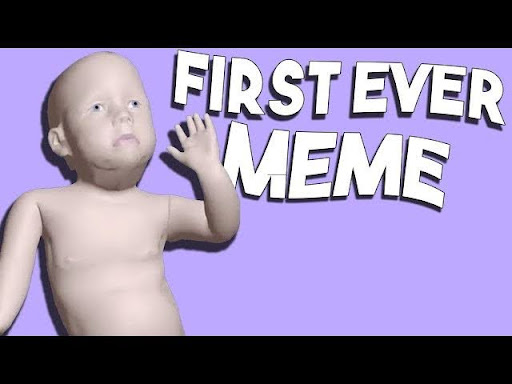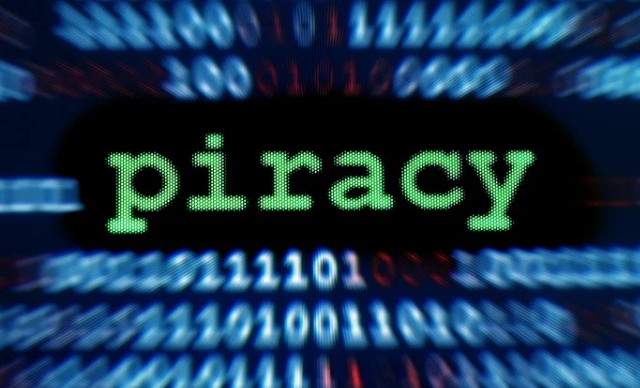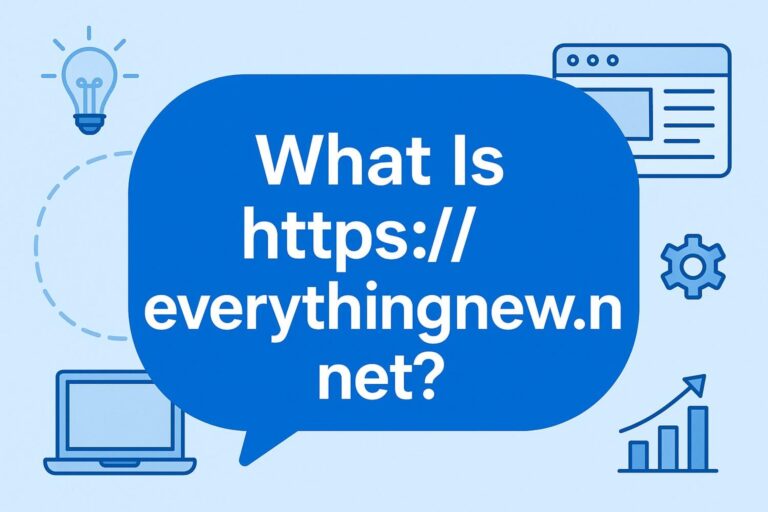
Ah, memes—those funny little snippets of internet culture that bring a smile to your face. It makes you feel a little more connected to the world. As someone who spends too much time online, I’ve often found myself wondering: where did it all begin?
I’m not talking about your latest TikTok trend or viral tweet, but the OG of internet humor. The meme that started it all.
After a little digging, I discovered that the first internet meme wasn’t as polished as today’s viral content. However, it sparked the cultural phenomenon that we know and love today.
Let’s take a trip back in time, and I’ll walk you through the history of memes. You’ll know everything about how the first meme took off, and what that means for memes we enjoy today.
What Is the First Internet Meme?
To understand the first internet meme, we need to step back and define what exactly a “meme” is. The term “meme” was first coined by evolutionary biologist Richard Dawkins in his 1976 book The Selfish Gene.
He used it to describe ideas, behaviors, or cultural practices that spread from person to person. It is much like how genes spread biological traits. In the early days of the internet, memes were defined as viral content that spread quickly and widely.
Now, when we’re talking about the first internet meme, we aren’t necessarily talking about the first humorous picture with text (that came later). The first internet meme was a simple image that spread like wildfire across early forums, websites, and email chains: the Dancing Baby.
What Was the Dancing Baby?

The “Dancing Baby,” also known as the “Baby Cha-Cha-Cha,” is often credited as one of the earliest and most iconic internet memes. It was a 3D-rendered animation of a baby dancing to an upbeat tune.
Created by a group of animators in 1996, it wasn’t meant to go viral—it was simply a demonstration of early animation technology. But, as often happens with quirky content, the meme took off.
The Dancing Baby was shared on early internet platforms and was often circulated in email chains or embedded in early websites. It gained such popularity that it eventually made its way into mainstream culture, appearing on television shows like Ally McBeal, where it became a cultural touchstone.
While the animation itself might seem dated by today’s standards, the viral nature of the Dancing Baby set the stage for memes as we know them today. This baby’s cha-cha-ching dance moves were the beginning of the viral meme trend.
How Did the Dancing Baby Influence Other Memes?
The success of the Dancing Baby paved the way for other memes to take shape as the internet evolved. In the late ’90s and early 2000s, memes began to spread more frequently through platforms like email, forums, and websites. With each viral piece of content, the concept of memes started to take on a life of its own.
For example, around the same time, we saw the rise of “Hamster Dance,” another internet sensation. This meme was a looped video featuring cute hamsters dancing to a catchy tune. Much like the Dancing Baby, it spread across email and early websites, igniting the meme culture that followed.
What Is the Significance of the First Internet Meme?
 Source : reddit
Source : reddit
The Dancing Baby didn’t just change the way we look at content—it changed how we think about the internet. Before memes, content on the internet was mostly static and often focused on information or social interaction. The meme introduced a new form of content: humorous, creative, and easy to share.
The success of the Dancing Baby marked the birth of meme culture, which has only continued to grow with social media platforms like Facebook, Twitter, and Instagram. Memes were now being shared across networks, becoming a language of their own, and influencing everything from pop culture to political discourse.
Also Read : Does He Know Meme
Can We Define Other Early Memes?
While the Dancing Baby was the first meme to gain widespread attention, it was far from the only early internet sensation. Other pieces of content, like “All Your Base Are Belong to Us” (a line from a poorly translated video game) and “Badger Badger Badger” (an absurd, looped animation), were early examples of viral memes.
These early memes were often strange, nonsensical, or absurd, and they helped to establish the culture of internet humor that we still engage with today.
In fact, it’s easy to trace the roots of modern memes back to these original creations. Today’s viral memes—ranging from reaction images to viral challenges—owe a lot to the quirky humor and viral spread of the Dancing Baby and other early internet memes.
How Has Meme Culture Evolved?
Fast forward to today, and meme culture has become a multi-billion-dollar industry. Thanks to the rise of platforms like Instagram, TikTok, and Twitter, memes are faster, more creative, and more shareable than ever before. Modern memes now often include sophisticated digital design, custom-made videos, and mash-ups of popular culture, and they’ve expanded to include everything from political commentary to social justice causes.
While the meme format has evolved dramatically, the core idea remains the same: memes are a way for people to share jokes, experiences, and emotions through humor and creativity. The meme’s evolution into a mainstream form of expression has led to memes being used for everything from brand marketing to social movements.
How Can I Create My Own Memes?
If you want to join the meme-making fun, creating your own meme is easy and can be done in just a few steps. Here’s how:
- Find a Format: Use popular meme templates or create your own. Websites like Imgflip and Meme Generator allow you to customize images and add text in the traditional meme style.
- Be Timely: Memes are often most effective when they tap into current trends, events, or viral topics. Keeping an eye on what’s trending can help you create memes that resonate with others.
- Keep It Simple: Memes are typically simple, direct, and easy to understand. Don’t overcomplicate the message—humor often works best when it’s concise.
- Share and Enjoy: Once you’ve created your meme, share it with your friends on social media and watch it spread. Memes are a great way to connect with others through humor and creativity.
FAQ: Everything You Need to Know About the First Internet Meme
What was the first-ever meme?
The first widely recognized internet meme was the “Dancing Baby,” created in 1996. This 3D-rendered animation of a dancing baby went viral through email and websites, becoming an iconic symbol of early meme culture.
How did memes spread in the early internet days?
In the early days of the internet, memes spread primarily through email chains, forums, and early websites. The viral nature of memes was fueled by people sharing them with their networks, often through word-of-mouth (or rather, word-of-keyboard).
Why do memes go viral?
Memes go viral because they tap into shared cultural moments, emotions, or inside jokes that people connect with. When a meme resonates with a large audience, it spreads rapidly, often transcending the original platform.
Are memes still relevant today?
Absolutely! Memes have only become more relevant in today’s internet culture. They continue to evolve with trends and technology, and they are a powerful form of expression, from humor to social commentary.
Memes are Here to Stay
It’s hard to imagine the internet without memes. From the humble beginnings of the Dancing Baby to the viral memes of today, they’ve become a crucial part of internet culture. They have connected people through shared humor, moments, and experiences. So, next time you encounter a meme on your feed, take a moment to appreciate how far we’ve come since that first internet meme.
Embrace the absurdity, make some memes of your own, and remember that, no matter how they evolve, memes are always a reflection of the culture that shapes them. So, keep laughing, stay creative, and let the memes live on!







